Elon Musk’s influence in Trump’s administration is fading as his DOGE caucus becomes inactive and is officially declared defunct.
Once seen as a bold initiative, Elon Musk’s DOGE Caucus in the U.S. Congress has effectively ceased to exist.
The caucus was established with much fanfare in November under President Donald Trump’s appointment.
It initially attracted over a hundred lawmakers, mostly Republicans, along with some moderate Democrats.
However, enthusiasm dwindled rapidly, and group’s activities have all but disappeared, marking the caucus as failed experiment in government reform.
Bipartisan participation couldn’t save DOGE caucus
The DOGE Caucus initially drew members from across the political spectrum.
Florida Representative Jared Moskowitz, one of the few Democrats to join, showed early optimism. Despite this, the caucus failed to maintain momentum.
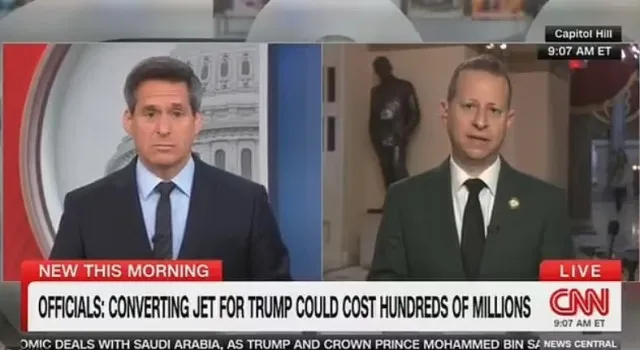
After only two meetings within five months, Moskowitz publicly acknowledged the group’s ineffectiveness, stating, “The DOGE caucus is dead.”
He criticized the caucus for failing to deliver promised efficiency and reform.
Constituents still faced issues like Newark airport delays despite claims of bureaucratic improvements.
Public backlash grew against policies of DOGE
The caucus was created to support the Department of Government Efficiency (DOGE), which proposed sweeping budget cuts and layoffs. These measures triggered significant public outrage.
At GOP town halls, angry voters voiced harsh criticism, with some protests turning loud and profane.
Tesla faced global vandalism, while Democrats organized protests against DOGE’s budget cuts at affected federal agencies.
This backlash contributed to the growing political pressure on DOGE and its supporters in Congress.
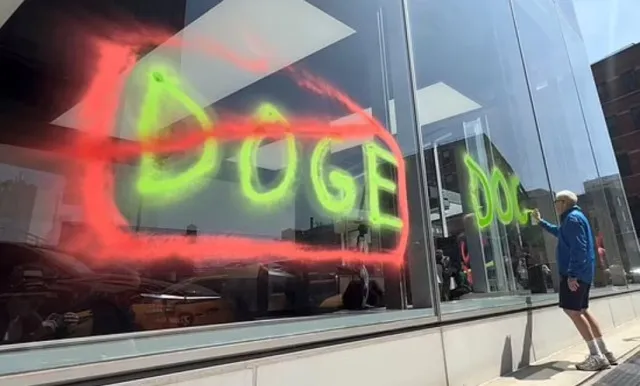
Musk steps away to focus on personal ventures
As the political turbulence increased, Elon Musk gradually withdrew from his governmental role.
Trump indicated that Musk would shift his attention toward his business interests, particularly Tesla.
This departure left the DOGE Caucus without its high-profile leader and diminished its influence in Congress.
Without Musk, the caucus struggled to stay relevant and engaged, accelerating its rapid decline among members.
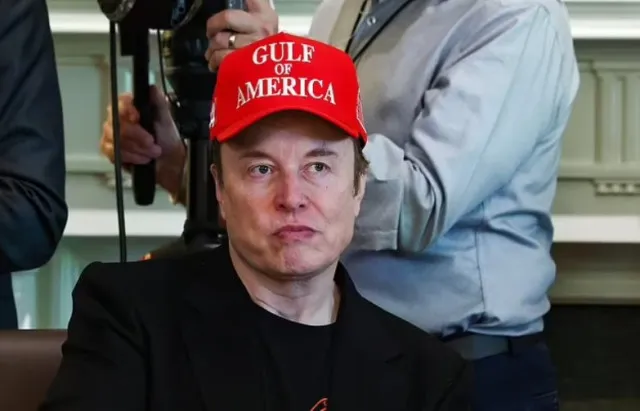
Internal conflicts among Republicans and Democrats
The caucus’s troubles were compounded by resistance not only from Democrats but also from within the Republican ranks.
Conservative Republicans expressed dissatisfaction with the extent of the proposed budget cuts.
Representative Eli Crane of Arizona emphasized frustration among GOP colleagues.
He shared clips of members complaining about discomfort with enacting DOGE’s austerity measures.
This internal discord weakened the caucus’s cohesion and limited its legislative effectiveness.
DOGE’s promised savings face Congressional roadblocks
DOGE claimed to have achieved $170 billion in budget savings.
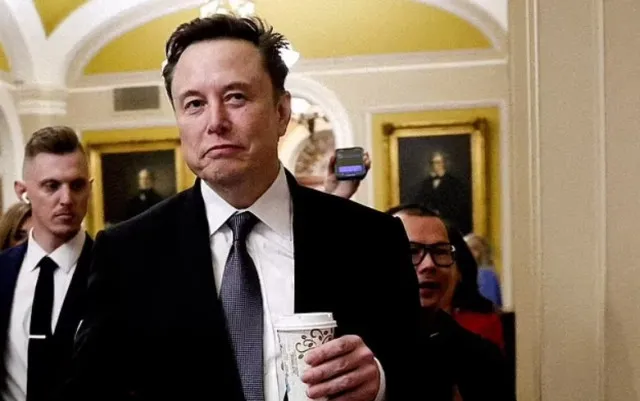
Yet, converting these proposed cuts into permanent reforms requires Congressional approval, which has proven difficult to obtain.
Many lawmakers remain hesitant to endorse the sweeping changes, fearing political backlash from constituents.
Without broad support, the financial impact touted by DOGE remains largely theoretical, further undermining the caucus’s credibility.
Signs of official dissolution appear
Recent developments signal that the DOGE Caucus is not just inactive but actively being dismantled.
Contacting the caucus’s official House email returns undeliverable messages, indicating the group’s infrastructure is shutting down.
Co-chair Representative Aaron Bean’s office has remained silent on the matter, offering no comment when approached by the press.
These indicators point toward a formal winding down of the caucus’s operations.
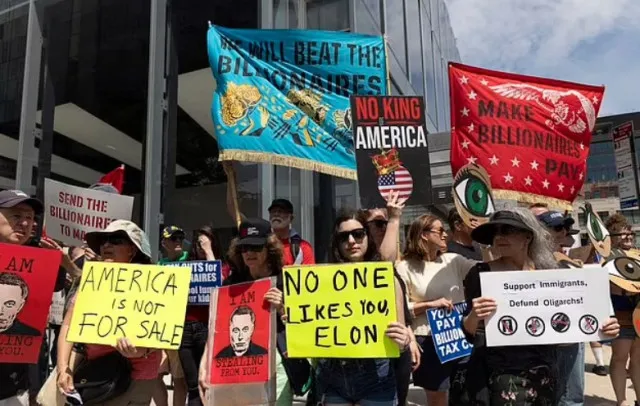
In late April, former President Trump publicly announced that Elon Musk would gradually reduce his role as the leader of DOGE.
Musk’s announced disengagement confirmed what many saw: the caucus’s end was beginning.
As Musk withdraws and support fades, the DOGE Caucus has lost purpose and influence in legislation.